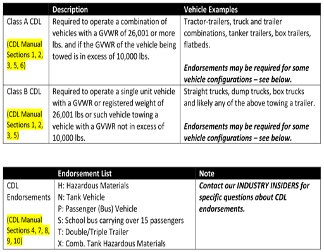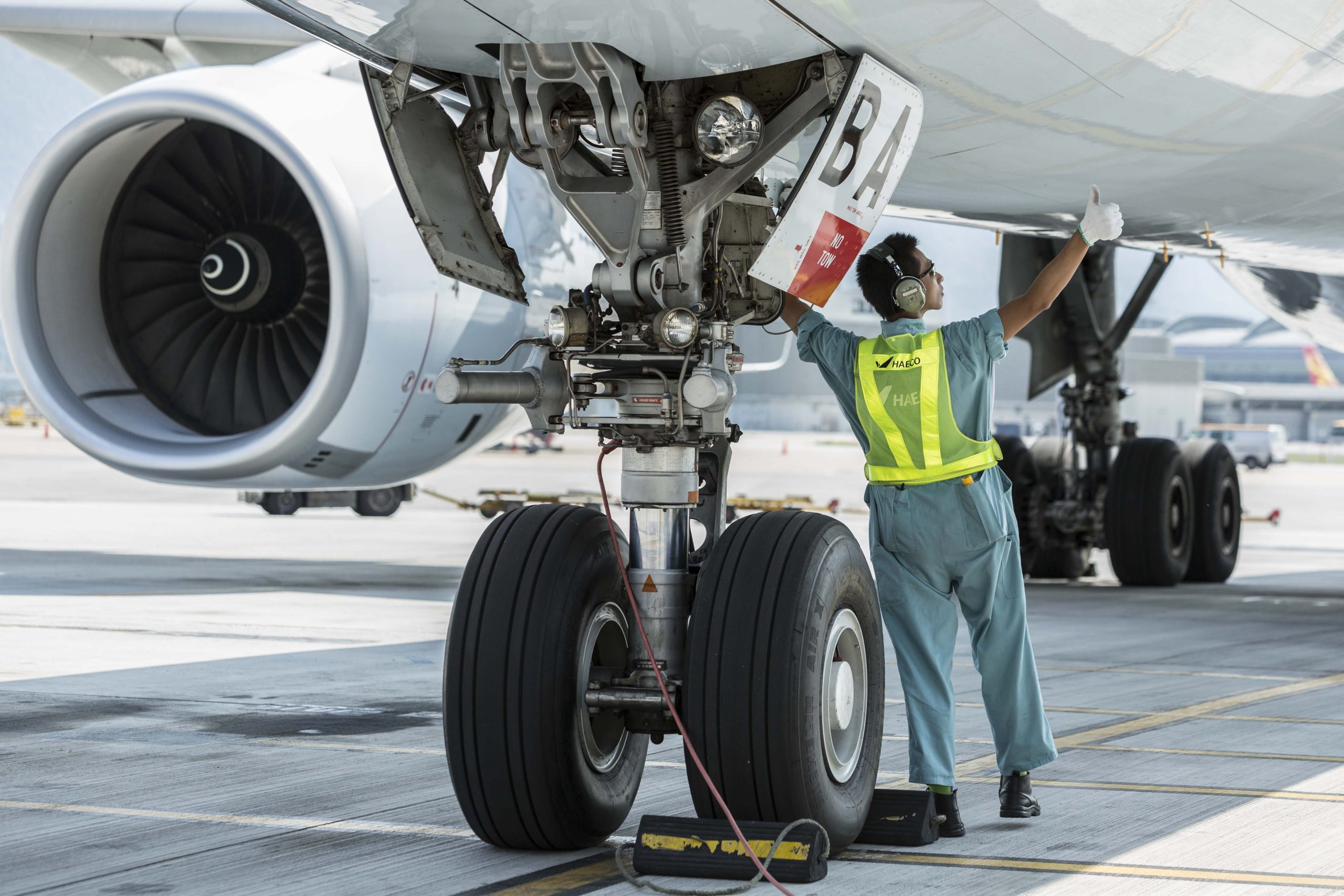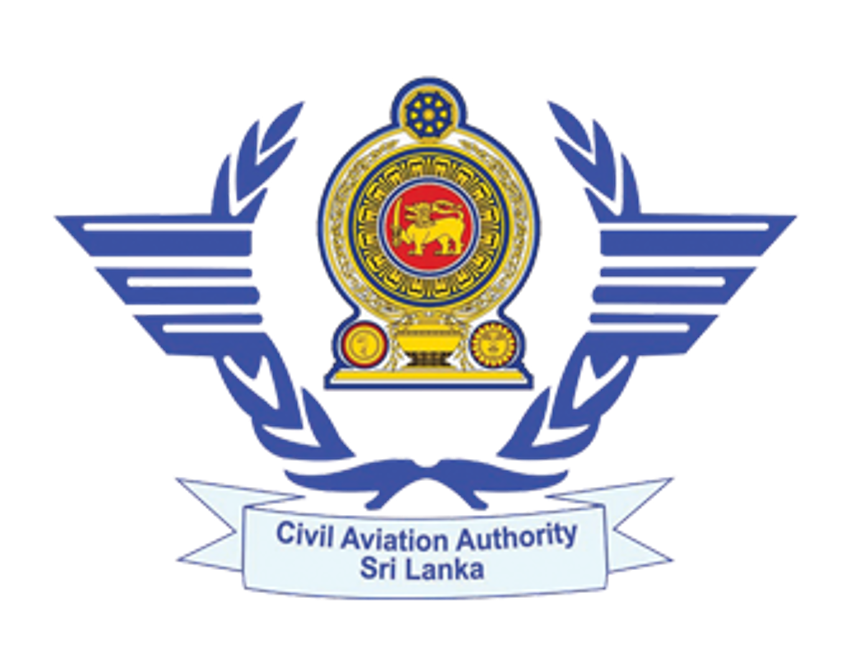Aircraft Maintenance Engineering (AME) licenses are categorized based on the type of aircraft and work scope.
Different licenses allow engineers to work on specific aircraft systems or components.
Each license comes with defined privileges and limitations for maintenance tasks.
Category A license holders are authorized to perform maintenance tasks on non-pressurized aircraft structures, powerplants, and mechanical systems.
Scope includes tasks like engine replacement, landing gear checks, and minor repairs on small aircraft.
License holders must work under supervision for certain high-level tasks on larger aircraft.
Category B1 license holders are qualified to work on mechanical systems of aircraft, including powerplants and associated components.
Scope covers tasks such as engine changes, troubleshooting, and maintenance of hydraulic and pneumatic systems.
Engineers with this license can work independently on various types of aircraft within their approved scope.
Category B2 license holders specialize in avionics systems, including communication, navigation, and electrical systems.
Scope includes tasks like installation, testing, and troubleshooting of avionics components.
Engineers with this license can work on avionics systems on a wide range of aircraft.
Category C license holders are responsible for carrying out base maintenance tasks and major repairs on aircraft.
Scope includes tasks like structural repairs, major component replacements, and extensive maintenance checks.
Engineers with this license work on a wide variety of aircraft types and systems.
Category D license holders are authorized to certify the airworthiness of aircraft after major maintenance or modification work.
Scope includes final inspections, issuing airworthiness certificates, and signing off on maintenance tasks.
Engineers with this license play a crucial role in ensuring the safety and compliance of aircraft.
In addition to the main license categories, engineers can obtain additional ratings or endorsements for specific aircraft types or systems.
These endorsements expand the scope of work the engineer can perform and increase their expertise in specialized areas.
Ratings and endorsements demonstrate proficiency in particular aspects of aircraft maintenance.


To maintain their licenses, aircraft maintenance engineers must meet recency of experience requirements.
This involves completing a specified number of maintenance tasks or training hours within a certain period.
Compliance with recency requirements ensures that engineers stay current and competent in their field.

Aircraft maintenance engineering licenses come with specific scopes that determine the tasks engineers are qualified to perform.
Different license categories cater to various aspects of aircraft maintenance, from structures and powerplants to avionics systems.
By obtaining the necessary licenses and endorsements, engineers can contribute to ensuring the airworthiness and safety of aircraft
Continuous learning and training are essential for aircraft maintenance engineers to stay up-to-date with advancements in technology and regulations.
Engineers often participate in workshops, courses, and seminars to enhance their skills and knowledge.
Ongoing education ensures that engineers can adapt to changes in the aviation industry and maintain high standards of safety.

To be a globally recognized leader in EASA Part 147 certified aircraft maintenance training, empowering a diverse generation of aviation technicians to excel in safety, quality, and innovation.
At Camber Technics Private Limited Aviation Training Centre, we are committed to:
We, Camber Technics (Pvt) Ltd., Aviation Training Centre, a Civil Aviation Authority of Sri Lanka (CAASL)-approved training provider, are proud to offer a comprehensive engineering training program at our facility located at Colombo International Airport, Ratmalana, Sri Lanka.
Our program is tailored to prepare individuals for becoming B1.1 licensed aircraft maintenance engineers. In collaboration with our UAE partner, we offer B1 and B2 EASA and GCAA training as well.


G.C.E. Ordinary Level Examination Six (6) subject passes, including two (2) credit passes in science or mathematics and English Language.
© 2021 Camber Technics | All Rights Reserved | Design by BrandSlick